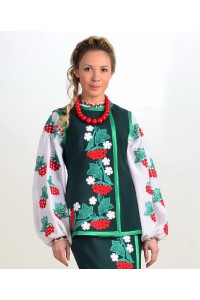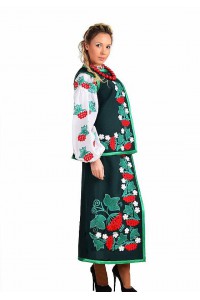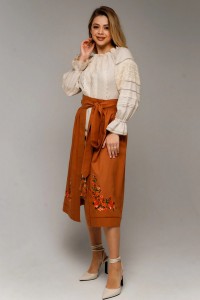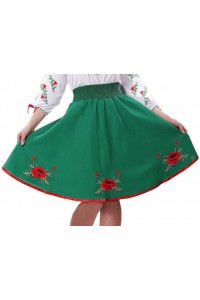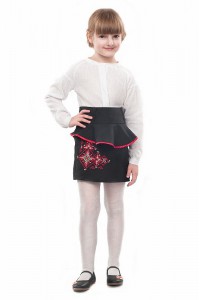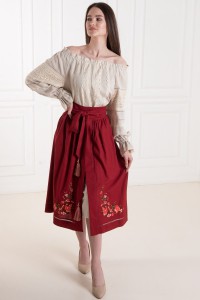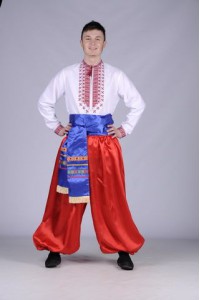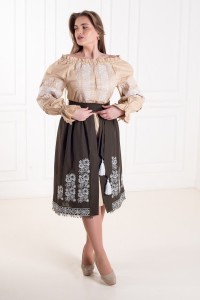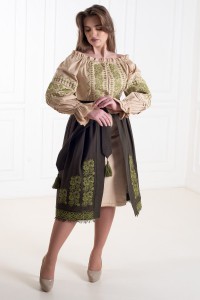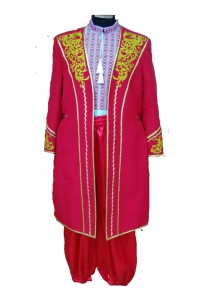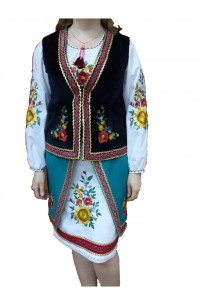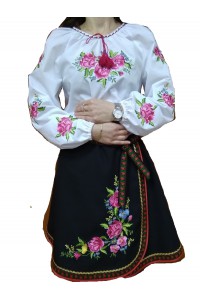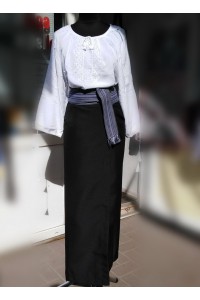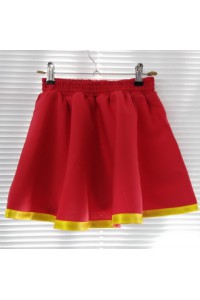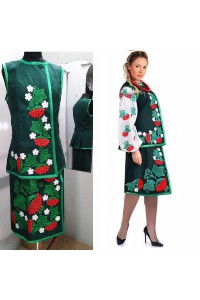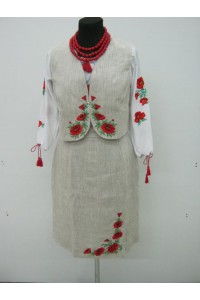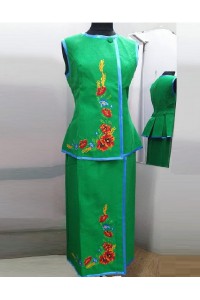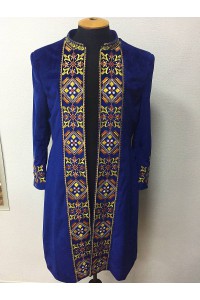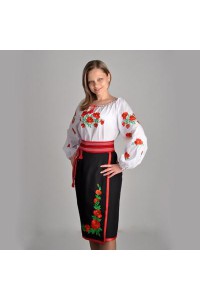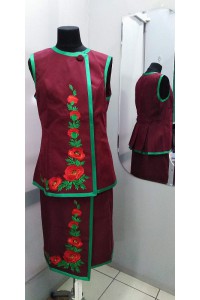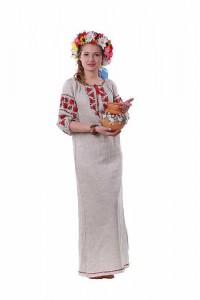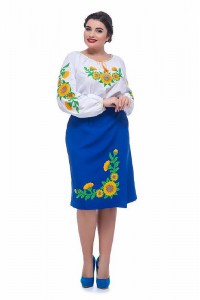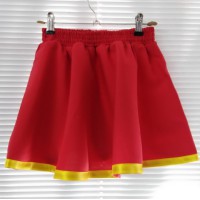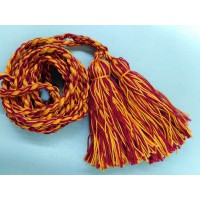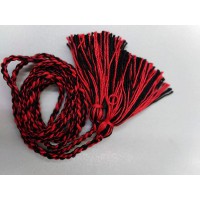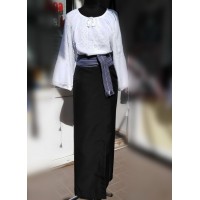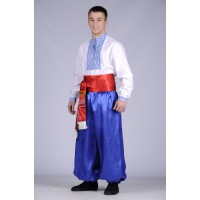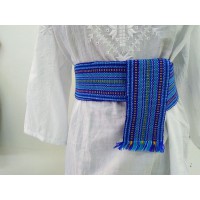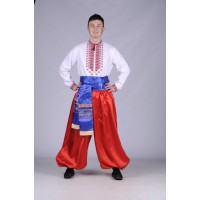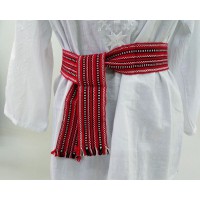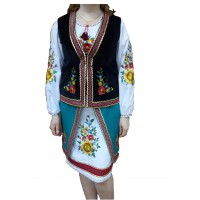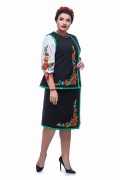
Stage Costumes: Basics and Significance
Stage costumes are an important component of theatrical and musical arts. They not only emphasize the character's traits but also play a key role in creating the atmosphere of the performance. In this description, we will explore the main aspects of stage costumes, their functions, and design elements.
Functions of Stage Costumes
Stage costumes serve several main functions:
- Visual Identification: Costumes help the audience quickly recognize characters and understand their social status, emotional state, and motives.
- Means of Expression: The color, texture, and style of the costume can convey the moods and feelings of the characters. This is important for the emotional perception of the performance.
- Historical Context: Costumes can recreate a certain era or culture, allowing for a better understanding of the plot and background of the action.
Design Elements of Stage Costumes
The process of creating stage costumes consists of several key stages:
1. Character Research
The costume can reflect the character's traits, behavior, and even the evolution of the hero throughout the performance. Researching the character's personality helps determine which elements are most suitable.
2. Material Selection
Textures and materials play a huge role in the perception of the costume. They can be light and transparent for comedies or, conversely, heavy and complex for dramatic scenes.
3. Style and Color Palette
The style of the costume can vary from traditional to modern, while colors can have symbolic meanings, highlighting the emotions or social relationships of the characters.
The Role of Stage Costumes in Modern Art
In modern theater and music, stage costumes are used not only for visualizing characters but also as an element of interactivity. They can interact with light and other effects, creating new impressions for the audience.

